Make Money Flipping Cars: A Comprehensive Guide
Flipping cars is a popular side business for many car enthusiasts. Simply put: buy a used car, make some repairs or upgrades, and then sell it for a profit. In this article, we'll walk you through all you need to know to make money flipping cars easily.
Make Money Flipping Cars: Maximize your earnings by learning the strategies and tips in our comprehensive guide to car flipping. Get started now!
Table of Contents
What is Car Flipping?
Definition
Car flipping refers to the process of buying and selling cars with the intention of making a profit. This can be done with new or used cars, but used cars tend to have a higher profit margin as they are cheaper to purchase.
Car Flipping: How it Works
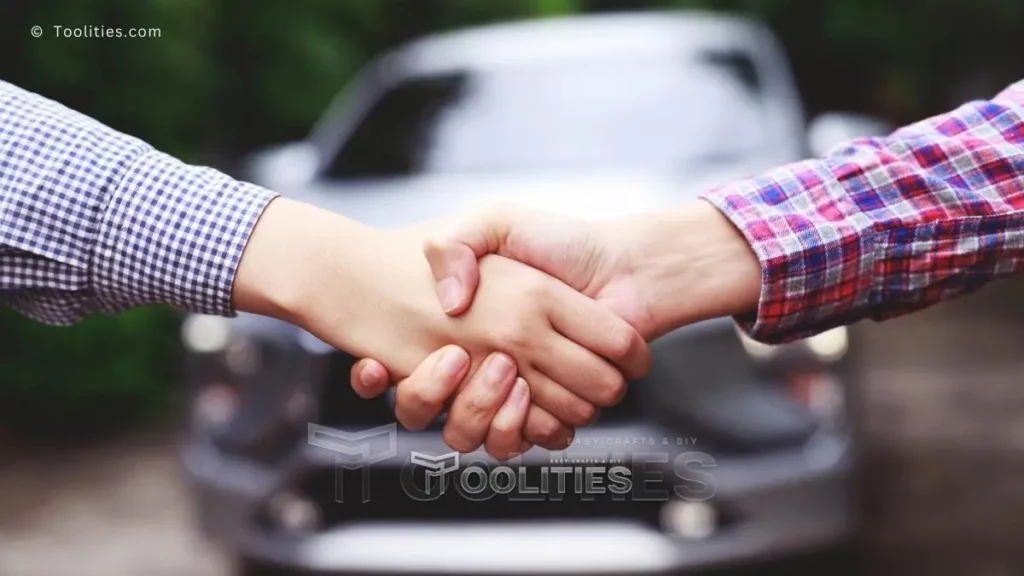
The process of car flipping involves finding a car for sale, purchasing it, making any necessary repairs or upgrades, and then selling it for a profit. The key to success is buying the car at a low enough price and selling it for a high enough price to make a profit.
Pros and Cons
Like any business, there are pros and cons to flipping cars. Pros include the potential for high profits, the ability to work on your own schedule, and the opportunity to work with cars. Cons include the risk of losing money, the need for mechanical knowledge, and the need for adequate financing.
How to Flip A Car for Profit? Make money flipping cars
Find the Right Car to Flip
The first step to flipping cars for profit is finding the right car to buy. Look for cars that are in demand, have low mileage, and are in good condition.
Assess the Condition and Value of the Car
Once you find a potential car to flip, assess its condition and value. Look for any necessary repairs or upgrades and factor those costs into your budget. Also, research the value of the car to ensure that you can sell it for a profit.
Here are some specific steps to take:
1. Inspect the Car:
Check the car thoroughly for any visible damages or faults. Look for rust, dents, cracks, or any other damage to the body or chassis. Check the engine, transmission, and other mechanical parts for any leaks, worn-out parts or damages. Also, check the tires, brakes, suspension, and steering to ensure that they are in good working condition.
2. Take it for a Test Drive:
Take the car for a test drive to assess its performance. Check how it handles on different terrains and speeds, listen for any unusual noises, and test the brakes, acceleration, and transmission. If you are not mechanically inclined, consider taking a mechanic along with you for the test drive.
3. Research its Value:
Check online listings, car dealer listings, and car value guides to determine the current market value of the car. This will help you determine how much you can sell the car for after making necessary repairs or upgrades.
4. Calculate Repairs & Upgrades Cost:
Make a list of the repairs and upgrades required to increase the car’s value or make it sellable. Do some research on the approximate cost of these repairs and upgrades. Factor in the repair and upgrade costs into your budget, and ensure that the costs don’t exceed the estimated profit margin.
5. Calculate the Profit Margin:
Subtract the total cost (including repairs and upgrades) from the estimated selling price to determine the profit margin. Ensure the profit margin is substantial enough to make the time and effort you put into flipping worthwhile.
By assessing the condition of the car, researching its value, and calculating costs and profit margins, you can determine whether a potential car to flip is worth your investment.
Secure Financing
Flipping cars requires adequate financing, so it's important to secure financing before you start searching for cars to flip. Consider applying for a loan or credit line to cover the costs of purchasing and repairing the car.
So, it's important to have a budget in mind for your investment. Determine how much you're willing to spend on purchasing the car and how much you'll need to invest in repairs and renovations. This will help you avoid overspending and potentially losing money on the flip.
When applying for financing, be sure to shop around and compare rates and terms from different lenders. Look for a lender that offers competitive rates and flexible repayment terms that fit your budget and financial goals.
It's also important to have a solid business plan in place before starting your car flipping venture. This should include market research, a pricing strategy, and a clear plan for how you'll generate profits from each flip.
Ultimately, with the right financing and a well-planned strategy, flipping cars can be a lucrative and rewarding business venture.
Where to Find Cars to Flip or Dealers?
Online Car Auctions
Online car auctions are a great place to find cars to flip. These auctions have a wide selection of cars at competitive prices, making it easy to find a car that fits your budget.
Used Car Dealerships
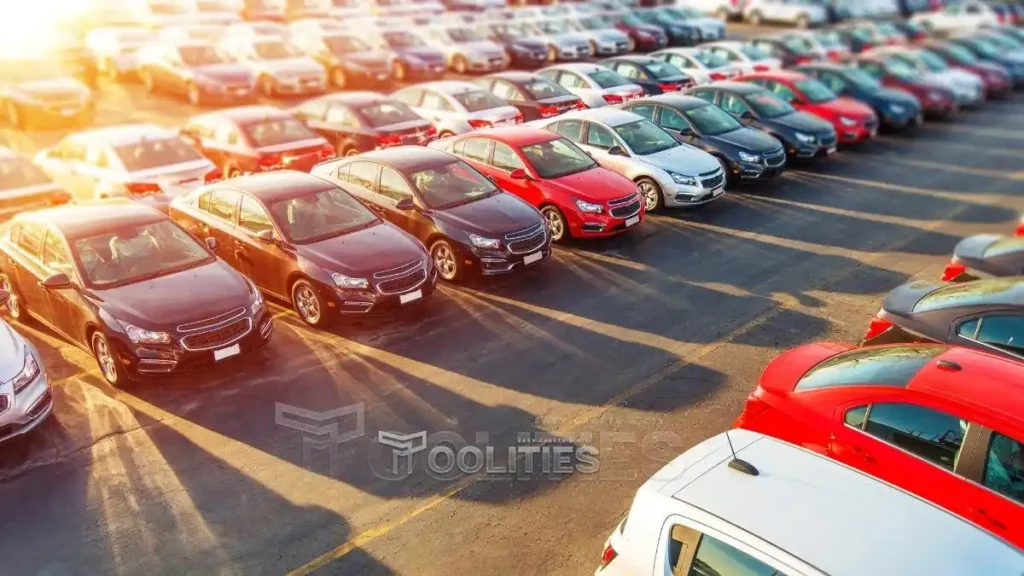
Used car dealerships are another option for finding cars to flip. The advantage of buying from a dealership is that they often offer financing and can make the purchase process more streamlined.
Private Sellers
Private sellers can also be a good source for finding cars to flip. Look for cars that are for sale by owner on sites like Craigslist or Facebook Marketplace.
How to Sell Your Flipped Car?
Advertise Your Car
Once you've finished making any necessary repairs or upgrades, advertise your car for sale. List it on sites like Craigslist, Facebook Marketplace, and Autotrader to reach a wide audience.
Pricing Strategy
Determining the right price for your flipped car is crucial to making a profit. Research the value of similar cars in your area and price your car competitively to attract buyers.
Selling to a Dealer
If you don't want to go through the hassle of selling your car to a private buyer, consider selling it to a dealer. While you may not make as much money as you would by selling to a private buyer, selling to a dealer is often faster and more convenient.
What are the Costs Associated with Flipping Cars?
Purchase and Repair Costs As A Car Flipper
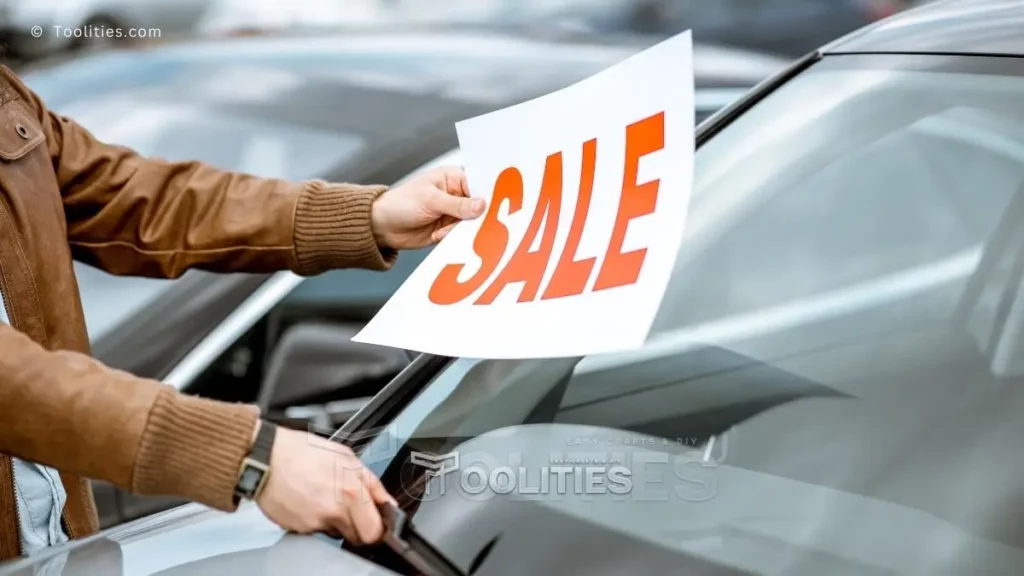
The biggest cost associated with flipping cars is the cost of purchasing and repairing before you sell a car. Make sure to factor these costs into your budget to ensure that you can still make a profit.
When purchasing a car, you need to factor in the purchase price, sales tax, title fees, and any other associated fees. Additionally, you need to budget for any repairs needed to get the car into the condition you want it for resale. This may include replacing tires, brakes, or even the engine.
To minimize purchase costs, consider attending auctions or searching for deals on online car marketplaces. When budgeting for repairs, it's important to get a thorough inspection of the car before purchasing, so you're aware of all necessary repairs.
Keep track of all costs associated with the purchase and repair of the car to ensure you're staying within budget and not going over your expected profit margin.
Transportation Costs
If you're buying a car that's not in your immediate area, you'll need to factor in transportation costs. This includes the cost of gas, lodging, and meals if you're traveling a long distance.
Insurance Costs
When you flip a car, it's important to have adequate insurance coverage. Make sure to factor in the cost of insurance when budgeting for your flip. The cost of insurance for a flipped car can vary depending on several factors, such as the make and model of the car, its age, and its condition. It's important to shop around for insurance coverage and compare rates from different providers to ensure that you're getting the best deal for your needs.
In addition to the cost of insurance, you may also need to consider the type of coverage that is appropriate for your flipped car. For example, liability coverage is required by law in most states and will cover the cost of damages or injuries that you may cause to others in an accident. Collision coverage, on the other hand, will cover the cost of repairs or replacement of your car if it's damaged in an accident.
Other factors that could affect the cost of insurance for a flipped car include your driving record, your age, and your location. For example, younger drivers and those with a history of accidents or traffic violations may pay more for insurance coverage.
Ultimately, it's important to consider all of these factors when budgeting for your car flip project. By doing your research and shopping around for insurance coverage, you can ensure that you're getting the best possible deal for your flipped car.
Recap
Flipping cars can be a rewarding and profitable venture when the right steps are taken. Researching the market, understanding car values and budgets, evaluating vehicles, and knowing when to walk away are just a few of the many ways to make money flipping cars.
Whether you want to increase your income or trying to break into the auto industry, this comprehensive guide will help you get started on your car flipping journey. With some dedication and good business decisions, success in car flipping is within reach.

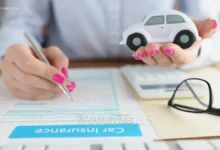
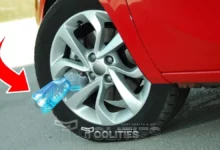
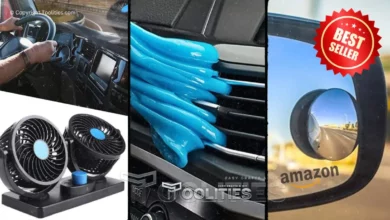
🚗 Ready to turn your passion for cars into profit? Check out this comprehensive guide on making money flipping cars at TooliTies! 💰 Learn the secrets, from finding the perfect car to selling it for a sweet profit. 🛠️ Start your car flipping journey now! 🔧
.
🌐 Read more: https://www.toolities.com/make-money-flipping-cars/
.
Follow, like, and share! 🚀
#toolities #CarFlipping #SideHustle #AutoBusiness #ProfitableCars #DIYCarSales #TooliTiesGuide